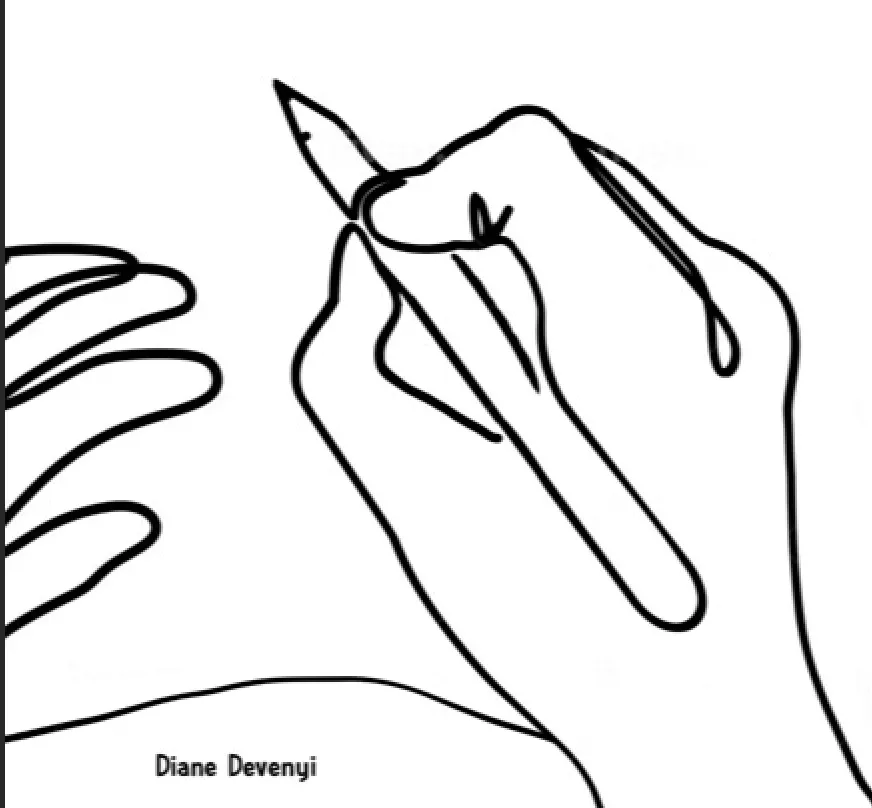
✨ Dysgraphia vs Dyslexia: Why Both Matter
“Dyslexia gets attention. Dysgraphia gets overlooked. But both change lives in profound ways.” --Diane Devenyi
Introduction
If you’ve spent time in education or business circles, you’ve probably heard of dyslexia. In fact, LinkedIn even lists “Dyslexic Thinking” as a skill — a recognition of the unique creativity, problem-solving, and big-picture strengths that can come with a dyslexic brain.
But what about dysgraphia?
Despite affecting millions of children and adults, dysgraphia rarely makes headlines, appears on skill lists, or gets the attention it deserves. Yet its impact on daily life, school performance, and confidence is just as profound — sometimes even more so.
Dyslexia: Bringing the Outside In
Dyslexia is typically described as difficulty processing written words — a challenge with bringing what’s on the outside (books, screens, text) inward for comprehension.
Trouble decoding printed text
Slow, effortful reading
Struggles with fluency and comprehension
Strengths often found in visual-spatial reasoning and creativity
This is why “dyslexic thinking” has been celebrated: dyslexic individuals often excel at seeing connections others miss.
Dysgraphia: Bringing the Inside Out
Dysgraphia, on the other hand, is almost the mirror opposite. It is:
“The inability to produce letters, words, or sentences that follow conventional rules for letter condition, placement or position, punctuation or grammar. This includes messy writing, poor spelling, trouble expressing thoughts, and attention issues when writing.”
In short, dysgraphia is about difficulty bringing what’s on the inside (thoughts, ideas, understanding) outward onto the page.
Signs can include:
Messy or inconsistent handwriting
Poor spelling, even with strong reading skills
Trouble expressing thoughts in writing, despite clear verbal expression
Attention struggles linked to the effort of writing itself

Why Dysgraphia Deserves Equal Attention
Dysgraphia doesn’t just affect schoolwork — it affects identity. A child who understands material but can’t show it on paper is often mislabeled as careless, lazy, or unfocused. Adults with dysgraphia may avoid jobs, tasks, or opportunities that require written communication.
And unlike dyslexia, dysgraphia rarely receives cultural recognition or is framed in strengths-based terms. There’s no LinkedIn skill for “Dysgraphic Thinking” — yet its effects ripple through confidence, career, and self-belief.
The Overlooked Impact
Students with dysgraphia may silently fail tests, not from lack of knowledge but from inability to express it.
Parents often feel frustrated, wondering why their child’s spoken brilliance doesn’t match their written work.
Educators may misinterpret dysgraphia as laziness, carelessness, or even defiance.
When we overlook dysgraphia, we overlook hidden genius.
Moving Forward: Literacy Solutions for Both
It’s time to give dysgraphia the same level of awareness, advocacy, and solutions that dyslexia has received. Both are real. Both matter. And both require us to expand our definition of literacy.
Through multi-sensory learning approaches, literacy assessments like the Hidden Genius Literacy Assessment, and a willingness to see differently, we can unlock potential that has been trapped by conventional definitions of reading and writing.